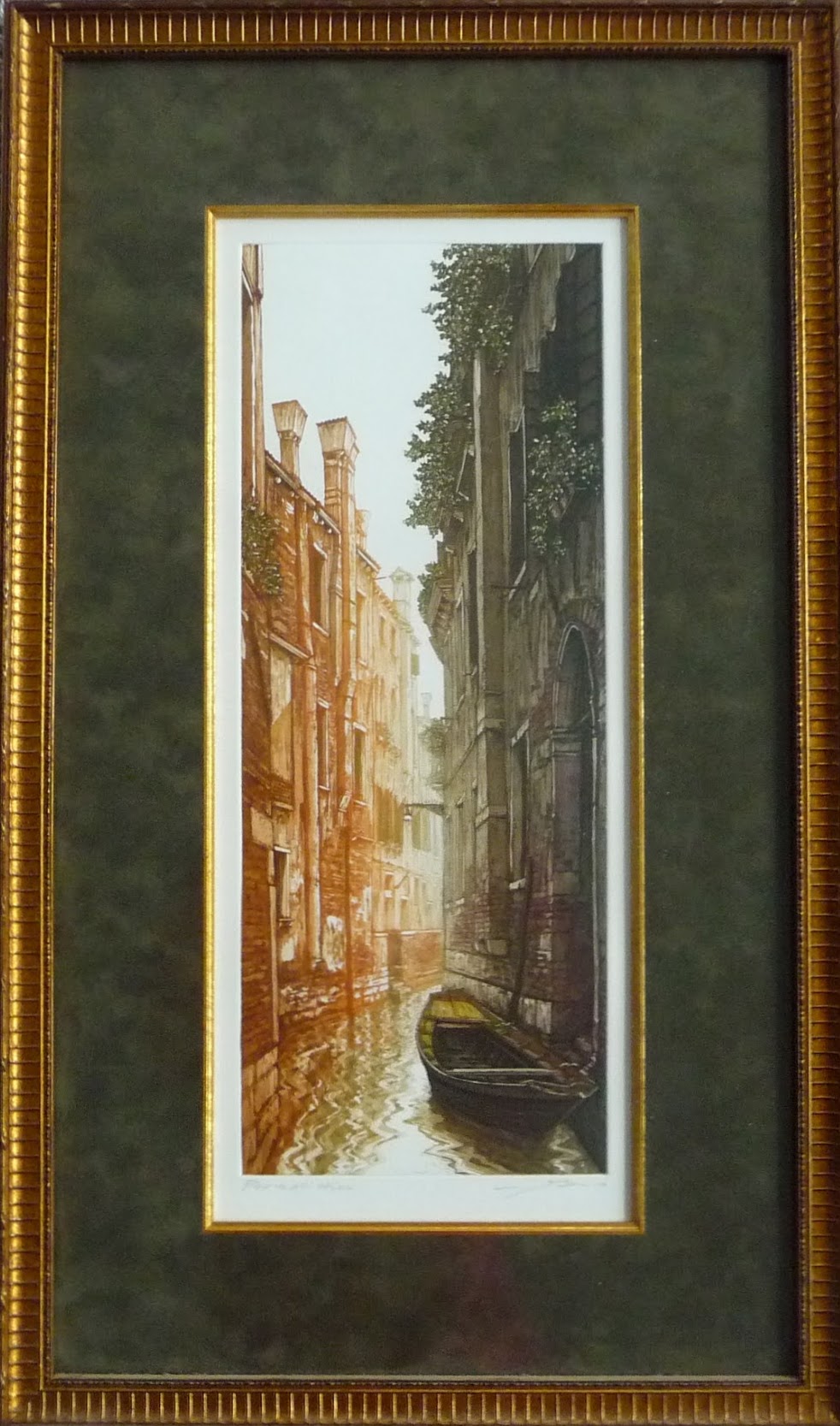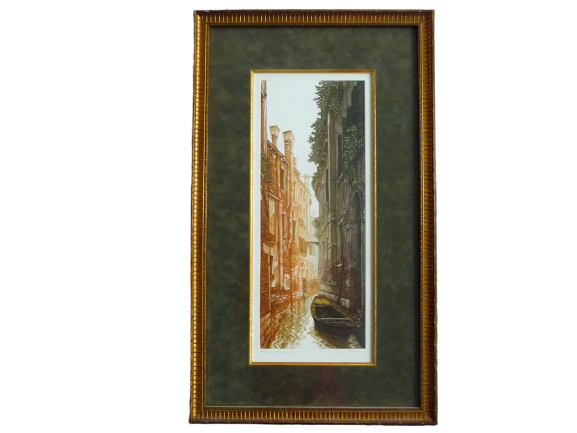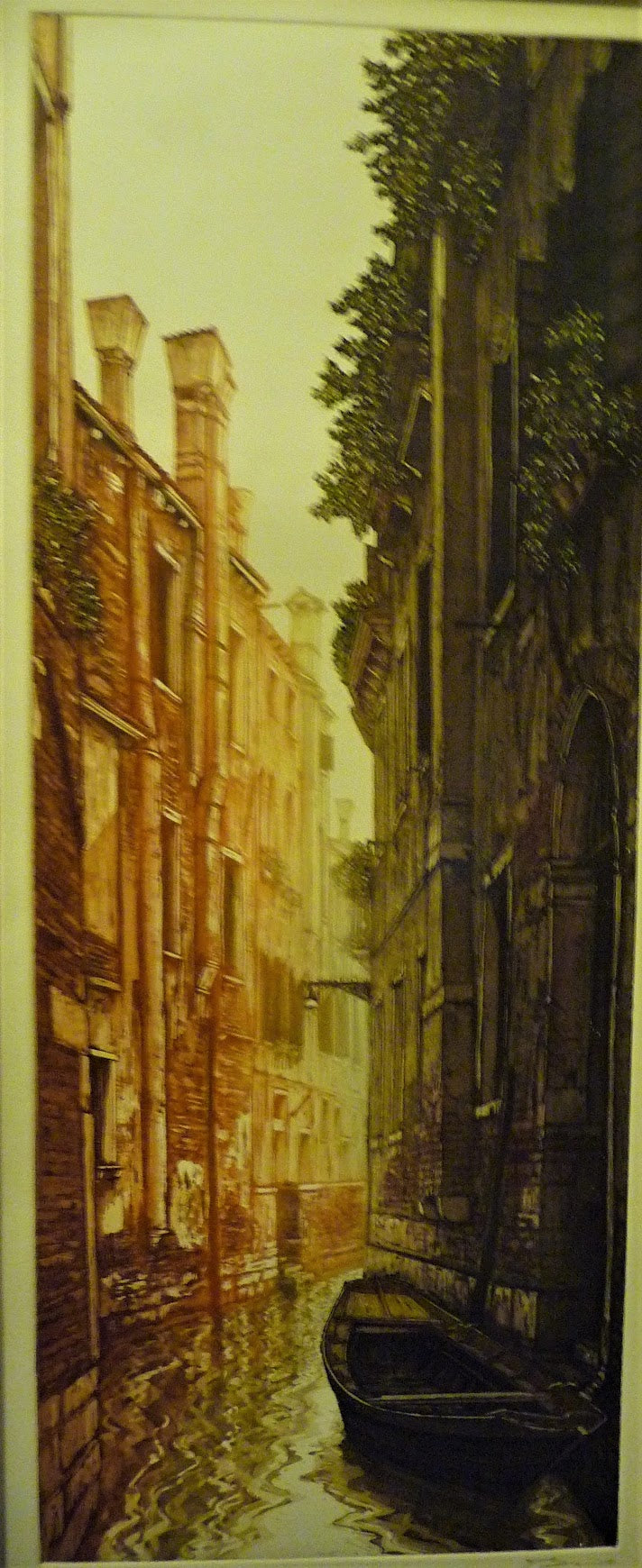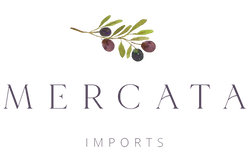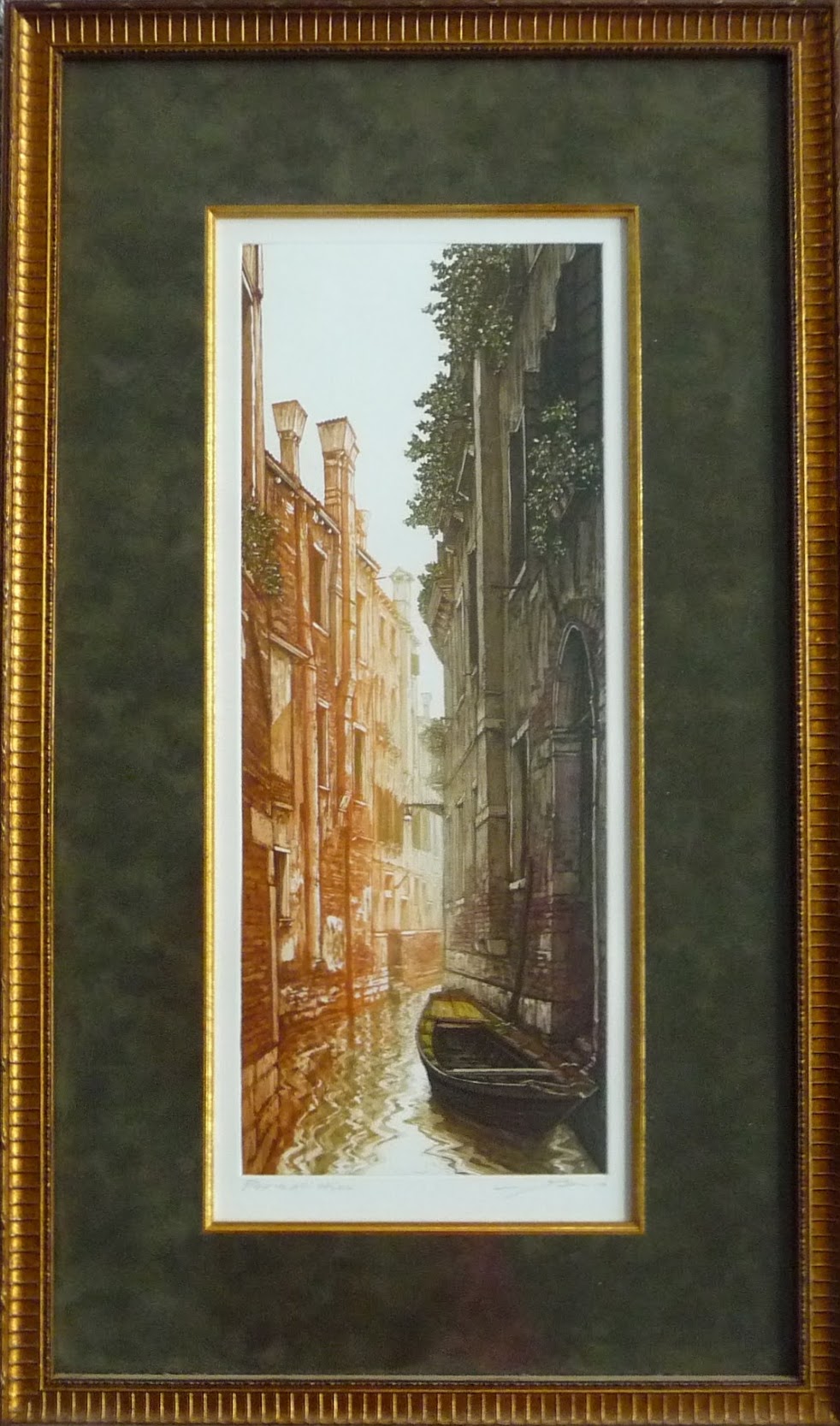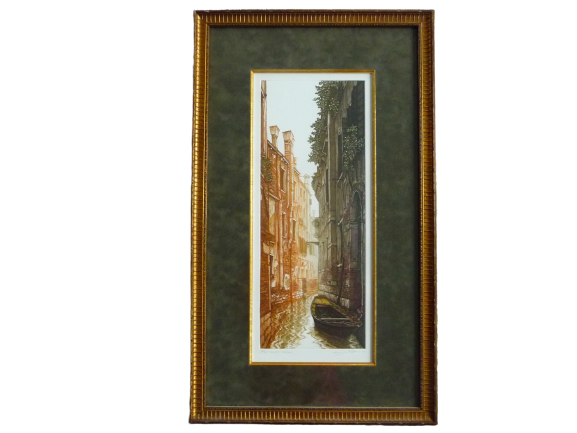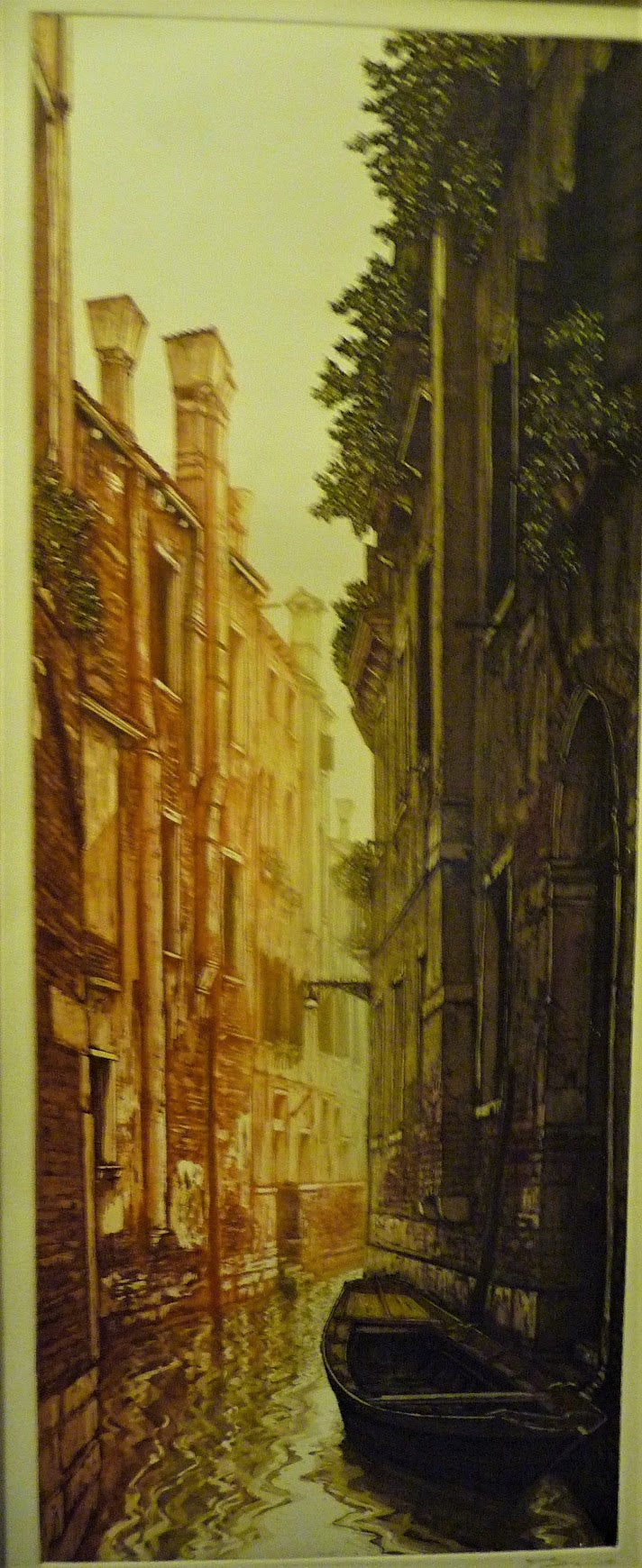COMPLEMENTS ART GALLERY
Venice, Italy, Venetian Houses and Boat on Small Canal, Framed
Venice, Italy, Venetian Houses and Boat on Small Canal (also available unframed)
Image size 7 x 18 inches, OD (Overall Dimension) 16.5 x 27.5 inches.
Original, signed, aquatint etching. Framed in a bronze museum-quality, gold leaf wood frame with a fillet and 3-inch suede matte.
Edition: Prova (Artist Proof), artist stamp embossed in the lower left-hand corner.
Also available unframed. Click to see unframed product details and pricing.
Only 1 left in stock – order soon!
Couldn't load pickup availability
What is aquatint?
What is aquatint?
Printmaking is an umbrella term used to describe the various ways of producing multiple images. Here we are concerned with printmaking using metal plates cut to receive ink; damp paper is then placed over the plates, which are then run through a press, which forces the paper into the cut areas.
The paper is then pulled off the plate, carrying with it the ink that formerly rested in the plate’s crevices. There are three ways of creating this crevices.
The first such technique was developed in the Fifteenth Century. Using specialized tools called gravers, the artist would cut lines into a metal plate, all the while controlling the depth and width of his lines, thus creating the crevices that made up his image.
The plate was then inked and run through a press. Everyone carries such engravings in his or her pocket in the form of paper currency.
In the Sixteenth Century, artists discovered that acids could do the work of gravers. A metal plate was covered with acid-resistant wax; then the artist drew his lines into the wax with a pointed instrument called a stylus, which exposed the metal. The plate was then immersed into a bath of acid, which cut away the metal, again creating crevices. Then came the process of printing. Works using this technique are called etchings.
In the Seventeenth and Eighteenth Centuries artists discovered a way to produce prints that resembled images made with wide brush strokes, unlike the linear effects of engraving and etching. Some areas of a plate are left bare, some areas are covered with wax. The exposed areas are then sprinkled with acid-resistant resins. The plate is then heated enough so that the resin dots adhere; the plate is then immersed in acid. The areas between the dots can then hold ink. This process is repeated many times before the plate is finished.
Ugo Baracco uses both etching and aquatint to produce his images. It is a painstaking process, requiring many hours to produce a plate; at least an hour is needed to ink a plate before it is run through the press. His devotion to his process is necessary to the creation of his vision.
Source: ugobaracco.com/the_technique.com
About Ugo Barracco
About Ugo Barracco
We live in an age of rapid photo and digital reproduction; the skill now needed to produce an image is cultivated by those on the cutting edge of technology. Quite frankly, their magic is beyond most people's understanding; however, we benefit from it. But what about our ancestors? Were they not also the beneficiaries of those with superior technical skills? Quite frankly, they were. In ages past, people admired the images produced by artists who used direct methods, such as a brush loaded with paint on a variety of surfaces. Then, half a Millenium ago, those on the cutting edge of technology produced the printing press. Artists responded, and so was born the art of the print.
Ugo Baracco is among a handful of masters who, in this digital age, still use the techniques developed by the masters of a by-gone age. His art follows the precepts of such Renaissance masters as Martin Schongauer, Albrecht Durer and Marcantonio Raimondi. More specifically, his interest in the technique called aquatint was shared by Francesco Goya, Mary Cassat, Joan Miró, Henry de Toulouse Lautrec, Edgar Degas and Pablo Picasso.
Ugo Baracco's theme is the ancient city of Venice, founded centuries before the invention of the printing press, the mainspring of printmaking. In times to come, his record of Venice will be regarded as a monument to this city, just as Giovanni Battista Piranesi's engravings of Rome are today regarded as being the definitive delineations of the Eternal City.
About Complements Art Gallery
About Complements Art Gallery
Complements Art Gallery has been successfully servicing our residential and corporate clients with artwork and framing for over 25 years. We are one of the largest and most respected art galleries in New England featuring local, national, and international artists. We attribute our success to the philosophy we have of bringing artwork to your home and business so you can see the artwork in its space. We are proud to say our success is based on a gallery built on trust, integrity, and a lot of hard work. Visit them at www.complementsartgallery.com
